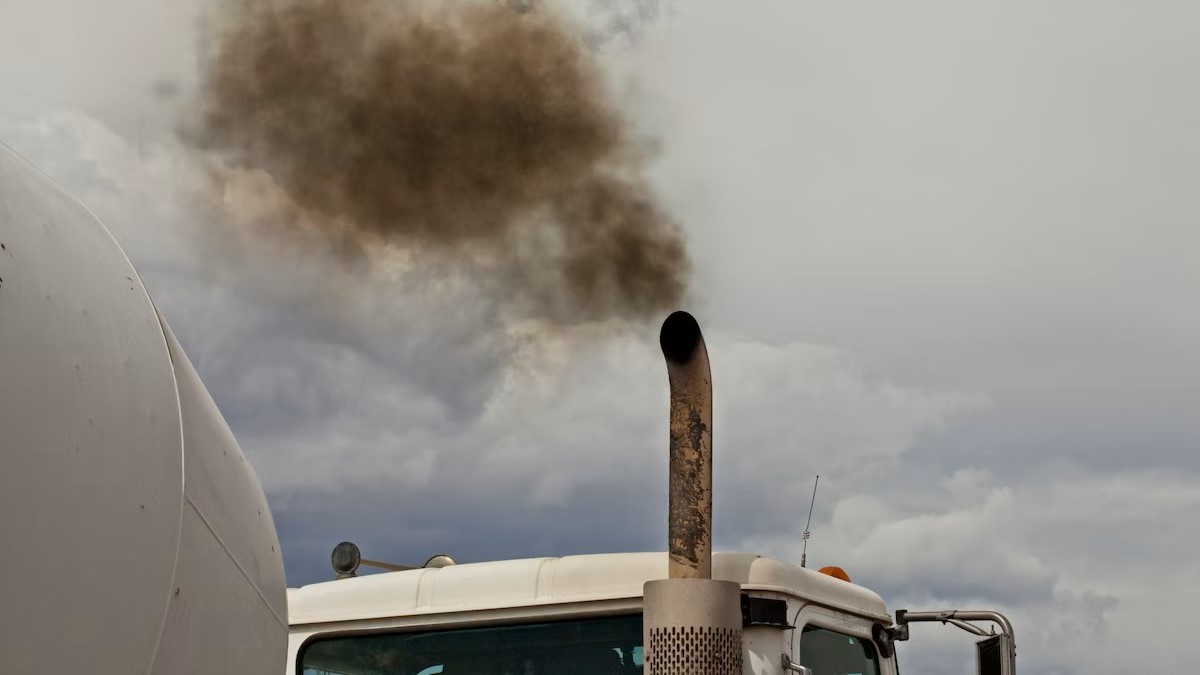
By Geoffrey Cann
Every year at this time I put forth my outlook for the coming year, with a focus on the digital trends that I believe will have the greatest impact on the fortunes of the industry. These are not so much as predictions, as they are speculations on the trends that I see marching along, and how those trend lines will play out over the next 12 months or so.
If you’re working in industry, you might keep these in mind as you consider your projects and investments in the coming year. If you are in technology, you might want to reflect on strategies to pursue that will accelerate your success or help you avoid some of the problems that I foresee.
First off, here’s an abridged snapshot of the industrial context that I think frames the year ahead.
Short term issues
Inflationary pressures. Input costs are rising rapidly, but commodity prices are set by the market. Energy companies cannot easily pass their costs along. Projects that have immediate and confirmed cost reduction potential will proceed. Innovations that will improve capital project performance will be entertained.
Methane emissions abatement. The oil and gas industry is the single largest source of avoidable methane emissions. Projects that reduce, eliminate or better manage these emissions have immediate attraction given the outcomes from COP28.
Demand and supply uncertainty. Fossil fuels will be with us for decades, but short term demand is increasingly hard to predict. The winter heating season is off to a slow start, and sanctions on Russian energy exports do not appear to be working. China has already signaled that its economy has reached peak fossil fuel demand. OPEC+ continues to support the market. The ability to respond flexibly to rapid shifts in the market will be valued.
Capital market access. Capital markets continue to limit their exposure to the traditional energy markets in favour of financing new energy plays (renewables, direct air carbon capture, hydrogen). Innovations that promise to improve the productive use of available capital for fossil fuel will be valued by the CFO’s office.
Longer stride challenges
A handful of big problems for the industry are now locked in, and will influence investment planning in the future.
Decarbonization. Small energy consumers (car owners, home owners) are only slowly transitioning, but big energy consumers are investing now to decarbonize so as to maintain market access where regulations will limit carbon content. Energy suppliers will want to highgrade their portfolios to include only the stingiest carbon emitters.
Asset limitations. With demand uncertain beyond 2030, many long life fossil fuel asset investments are already being deferred or cancelled outright. The order book for large crude oil carriers has vanished. Pipeline projects everywhere are now nigh impossible to sanction. The OECD has no new oil refineries under construction or in planning. Investments that extend the life of existing assets will be required.
Talent constraints. Forecasters at the recent WPC projected some 15m jobs in oil and gas to disappear because of energy transition. Enrollments in oil and gas education in the OECD have been declining for the past seven years as young people avoid committing to an industrial career that appears dead ended. There is a looming misalignment between the demand for engineering talent in oil and gas and the supply of talent. Investments that reduce the demand for people (ie, increased automation) will be sanctioned.
Consolidation. Growth uncertainties, the shortage of new high quality large scale resource plays, and capital market pressures, are triggering a fresh round of transformative deals (Exxon-Pioneer, and Chevron-Hess, to name two). This will continue.
With the context in mind, here’s my outlook for the digital investments that are both topical and well placed for advancement.
AI tools
The hot digital innovation for the year is the new class of generative AI tools. They have myriad applications that will improve the productivity of workers and assets through optimization possibilities that have been heretofore impossible to capture. Their ability to grind through huge datasets exceptionally quickly make them ideal for oil and gas’ complex data rich environment. EPC contractors have already been experimenting with them for months now, and genAI tools are already embedded in newer technology. Here’s how they will likely play out.
- Experimentation will be quick but embrace will be slow reflecting the risk averse nature of the industry.
- Oil and gas will focus on creating their own internal learning models rather than relying on public models. This will be for risk reasons and because oil and gas companies have ample untapped data resources.
- Users will quickly discover that the quality of the data fed into the learning models weighs hugely on their use and acceptance in the field. Years of lax attention to data quality will come home to roost.
- The easily captured use cases are at the frontier where data quality is higher.
- Beyond the frontier, AI will be applied to the most productive assets which can sustain the incremental AI costs. Inevitably, the performance gap between those benefiting from AI (newer facilities and the most productive) and older assets, will be increasingly stark, leading to asset divestitures.
Digital Twin
As I’ve explored in previous articles, the industrial metaverse is alive and well. Nuclear facilities have always had digital versions of themselves on which to train new operators. Extending this concept to other energized assets is not a stretch. But as with AI, the expansion of the size and scale of data models on which a digital twin of a facility can exist is unlocking the possibilities of digital versions of all kinds of assets and in many new ways.
- Expect to see the scope of digital twins evolving beyond their initial constructs as engineering versions of operating assets, to incorporate many other fields, such as financial, environmental, and regulatory.
- Users will quickly see the benefit of truly dynamic digital twins that run in real time in parallel with actual facilities, using live data, which in turn leads to the optimization of actual asset performance.
- This will be a stepping stone to creating the autonomous digital twin that interacts with and controls the live asset without constant human supervision.
- Again, the underlying data that created the digital twin, as well as the reliability, accuracy and timeliness of real time data will increasingly attract attention. First versions of digital twins will be based on the most recently delivered assets simply because the data will be viewed as more reliable.
- State-run oil industries have structural advantages—their ability to create fully digital versions of the end-to-end value chain (a luxury not afforded to those companies that operate in competition), but they will be slow to act.
Mobility
The talent constraint, stemming from a shrinking new hire pool and a retiring cadre of experienced engineers, leads to efforts to improve the performance of the front line worker, which in turn means data enablement. Data enablement is tied to the two-way movement of data involving the front line worker and corporate information assets, and the adoption of robust front line data devices.
- More companies will come to appreciate the immense value of innovations coming from the civilian world, such as citizen developers, app stores, open development environments, and cloud computing. These technologies accelerate both innovation (the creation of new valuable ways of working) and adoption (enterprise level roll outs).
- Instead of high cost, intrinsically safe, monolithic user devices, expect to see more widespread adoption of consumer-grade technology (mobile phone handsets) in intrinsically safe cases.
- The privacy and security concerns from using public networks will lead more energy companies to adopt private networks where they avoid contention for resources, curtailments, and cyber threats.
- 5G network technology becomes more widely adopted because it overcomes so many of the bandwidth, throughput and integrity constraints of 4G technology.
- Early stage wearables (watches, cameras, visors, health monitors) will continue in experimental mode until they can be well proven as intrinsically safe.
Data
The one common theme that cuts across these and many more relevant digital innovations is the importance of data. Digital is either highly reliant on high quality data or, as in the case of the mobile worker, integral in capturing that data for decision purposes. The volumes of data involved, along with the processing requirements, are beyond our ability to really grasp. For example one technology company in Calgary that provides real-time analysis of mining tailings generates more data and carries out more processing than Netflix.
- The demand for data-savvy talent will continue to outstrip supply. Oil and gas will find itself competing for talent against industries that are far more attractive from a compensation and career perspective.
- More companies will embark on programs to transform their data cultures so that the time to value on digital initiatives shrinks.
- The migration of formerly isolated islands of valuable data to the cloud will continue as 5G networks prove their ability to run remote facilities, and SCADA systems providers offer cloud editions of their technology.
2024 is shaping up to be an exciting year, particularly those companies involved in AI and data. As for me, I give lectures on these topics to CIOs, technology planners, and industry executives. Contact me for more information.
Artwork is by Geoffrey Cann, and cranked out on an iPad using Procreate.
Share This:




